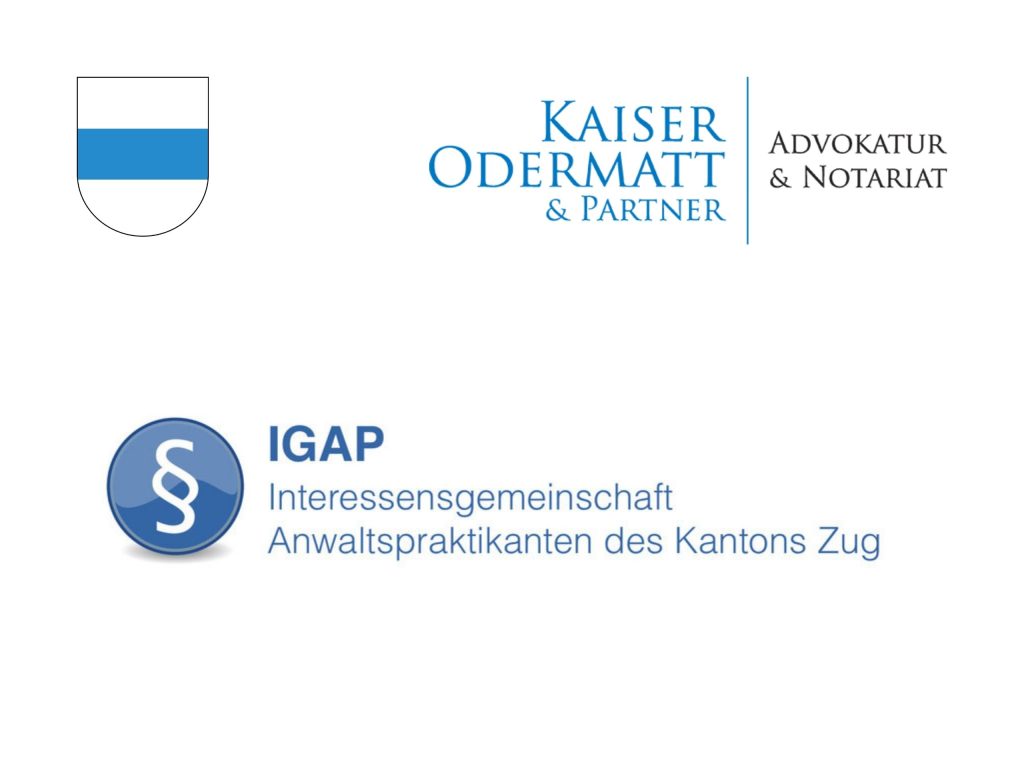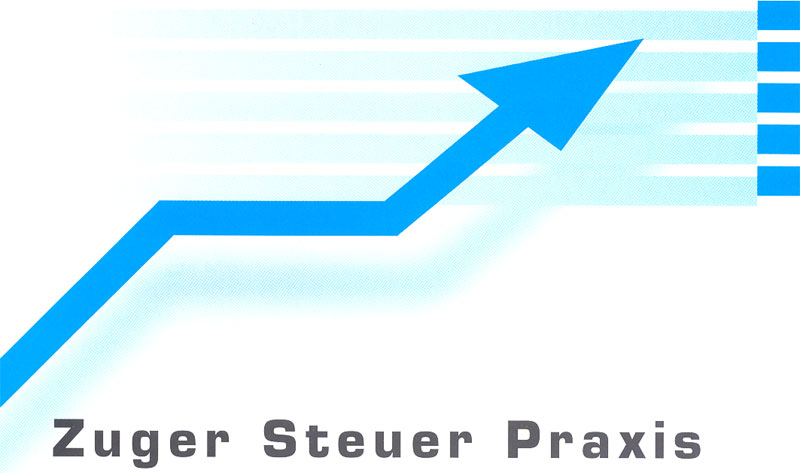The new civil statute of limitations came into force on January 1, 2020. The main aim of the revision was to extend the short limitation periods of one year for actions for unjust enrichment and tort compared to European law. This was implemented as follows: The relative limitation periods for actions in tort (Art. 60 para. 1 CO) and unjust enrichment (Art. 67 para. 1 CO) are now 3 years. Numerous other changes to the statute of limitations were implemented with the revision, of which Kaiser Odermatt und Partner would like to highlight two points. We can also provide you with the best possible support on the following points with our specialist knowledge on reaching a settlement in debt disputes and increasing the enforcement substrate in bankruptcy: 1. Art. 141 CO: (written waiver of the limitation defense possible for a maximum of 10 years from the beginning of the limitation period) In order to prevent the impending limitation of a claim, the creditor now also has the option by law of obtaining a waiver of the limitation defense from the debtor for a maximum of ten years if the debtor agrees to this. This allows the parties to refrain from initiating debt enforcement proceedings or bringing an action for the time being and to conduct settlement discussions without time pressure. 2. art. 292 SchKG: (increase in the limitation period to 3 years for avoidance actions following bankruptcy, an unsuccessful attachment or confirmation of a debt restructuring agreement with assignment of assets) The limitation periods under art. 292 SchKG have changed in the case of paulian avoidance under art. 285 et seq. Upon expiry of the interruptible limitation period, the right of action lapses. However, the limitation period and the Paulian suspicion periods (avoidance of gifts, avoidance of over-indebtedness and avoidance of intent) must be kept strictly separate.









